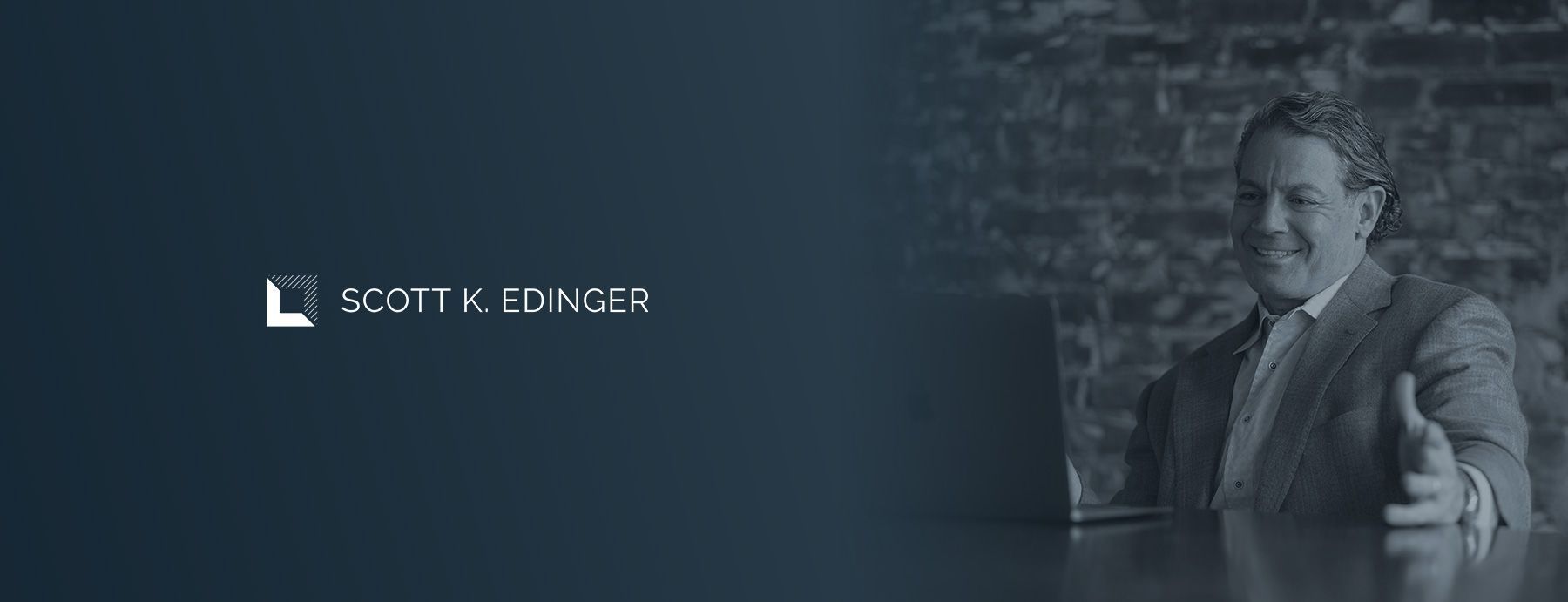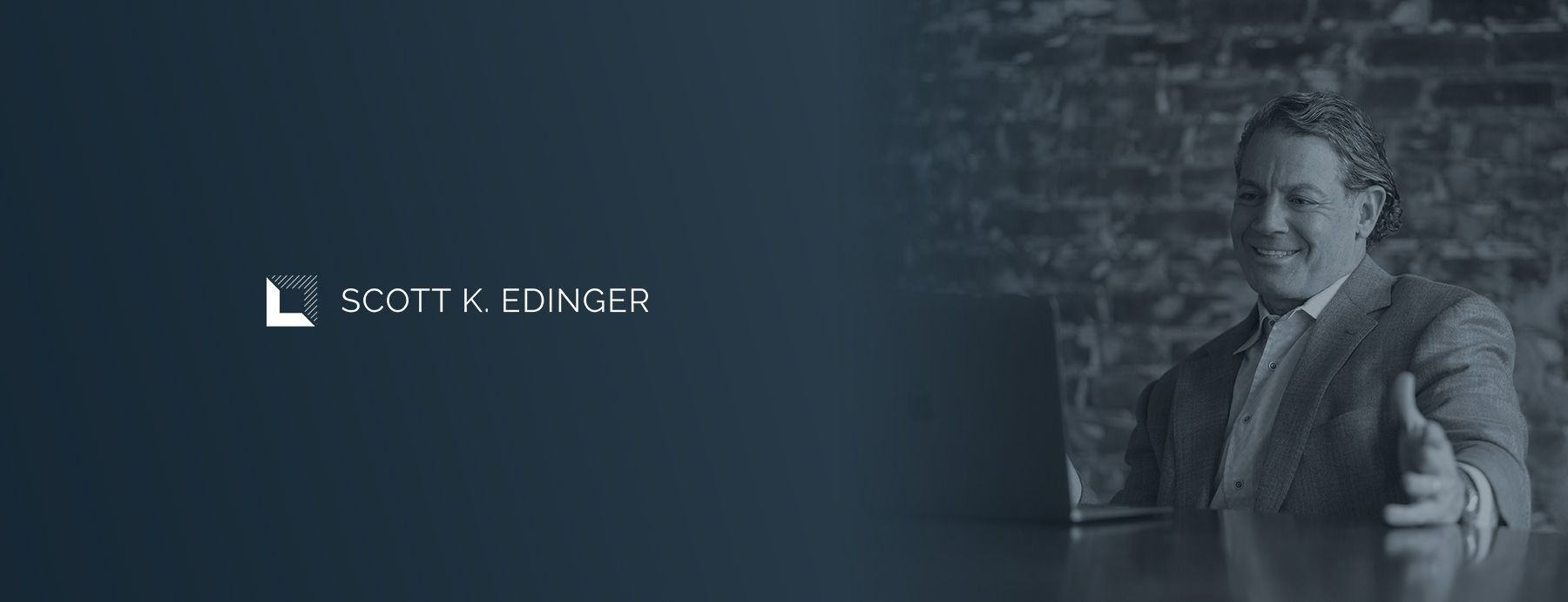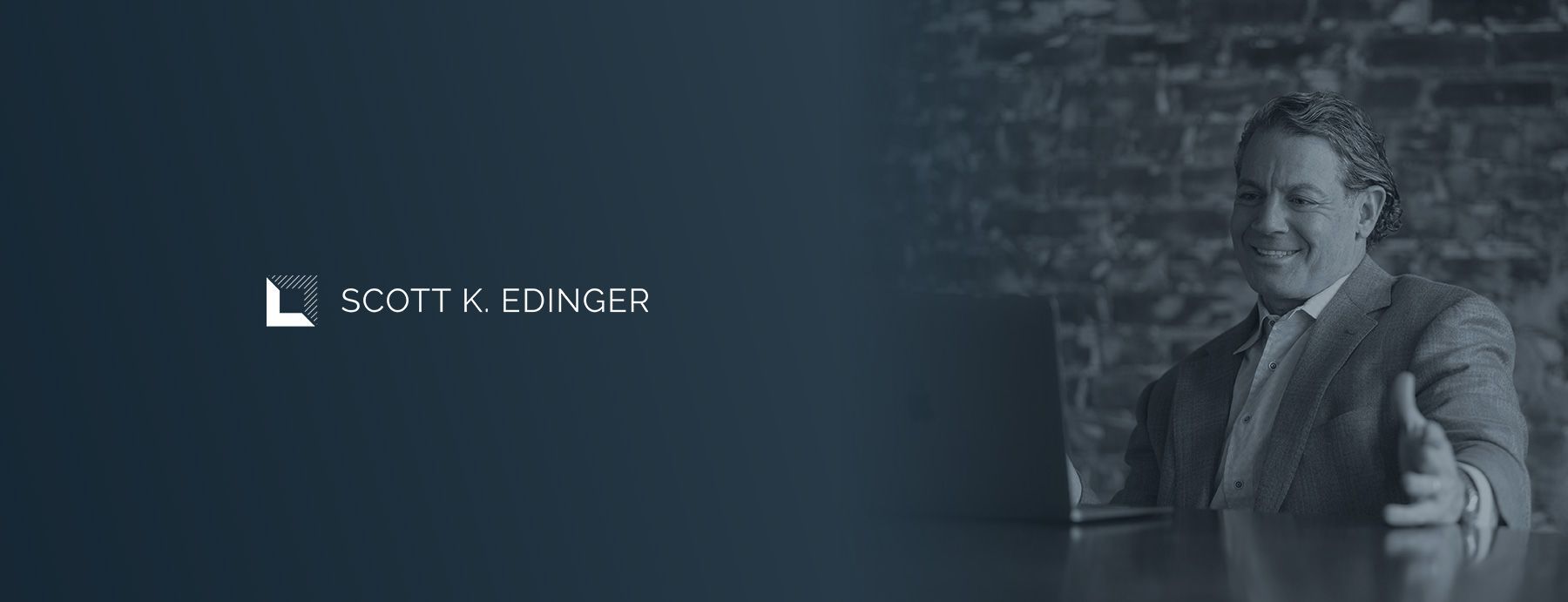
October 2023
The Growth Leader is Finally Here
After years of this book only existing in my head, here it finally is in my hands. I'm so proud of the finished result, that I can't wait to share it with you all. Be sure to get your own copy when it publishes Oct. 24th this month!
If you haven’t joined The Growth Leader launch team, I hope you will. Details here.
As a special article feature this month, I’m sharing a summary of each chapter in 100 words or less, so you can benefit from the essential ideas contained in The Growth Leader.
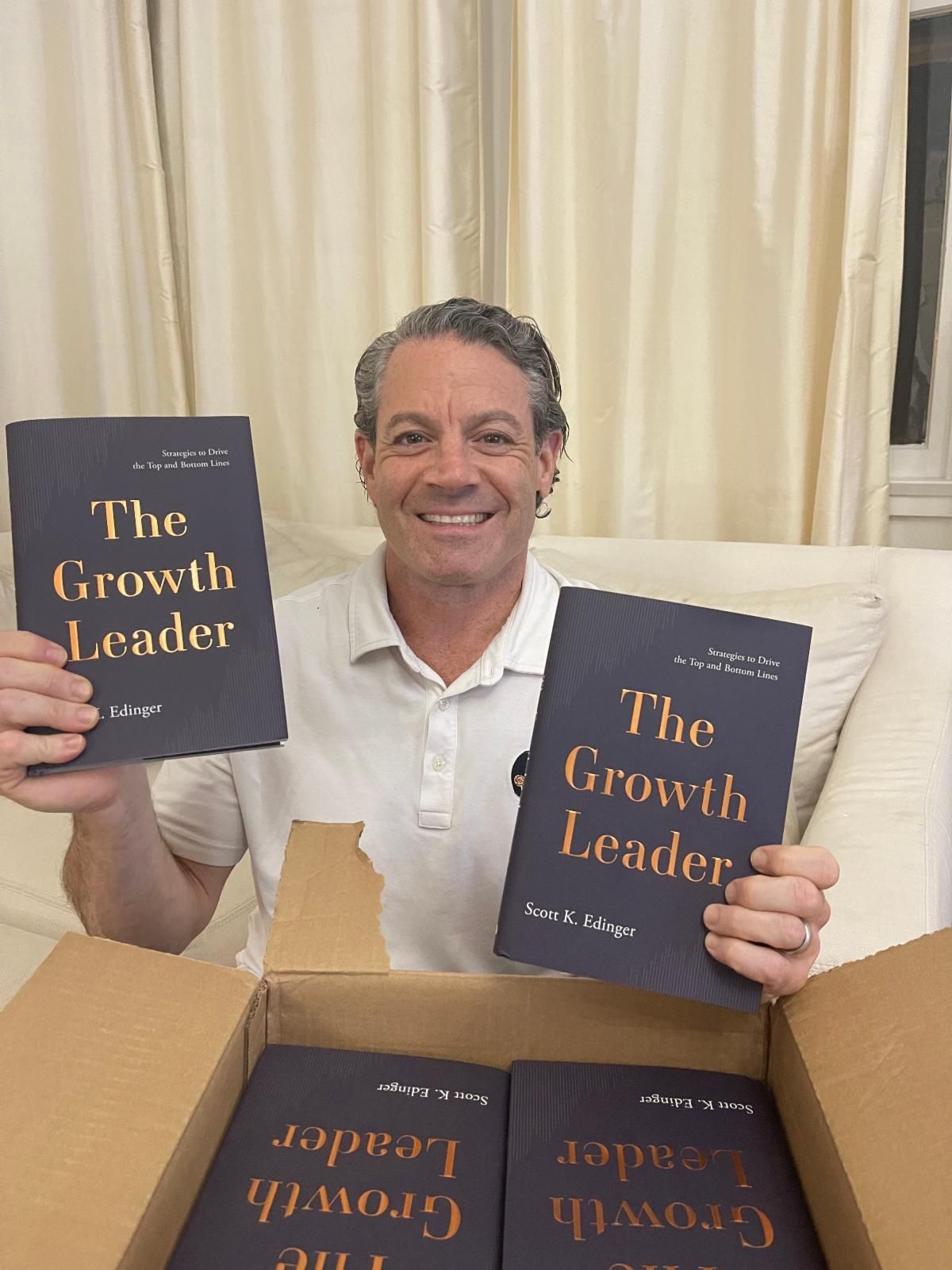
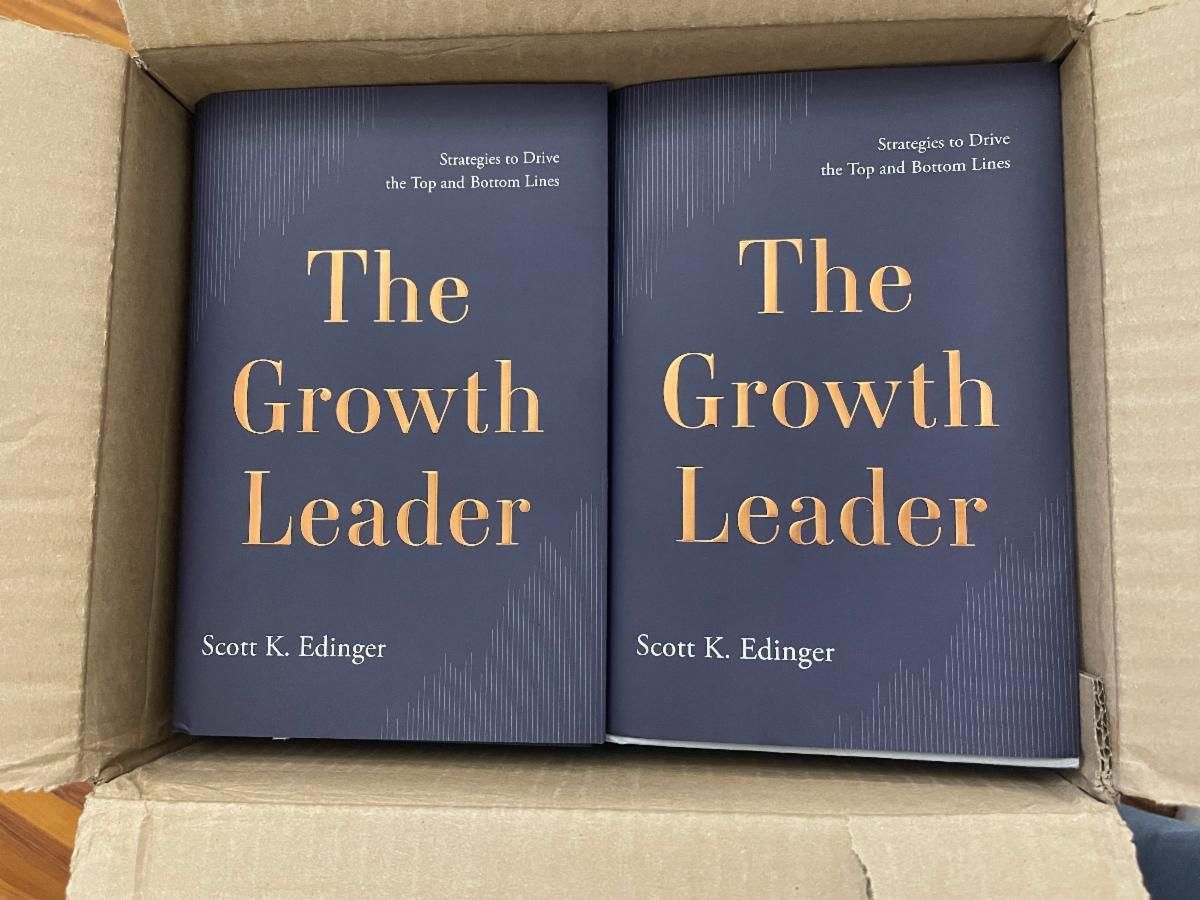
Chapter Summaries for The Growth Leader (In Less Than 100 words!)
Foreword by Frank V. Cespedes:
"The Growth Leader is a book for managers, not pundits or 'strategy priests' with abstract theories about competition. Edinger provides diagnostics that the C-Suite can use to monitor and be involved in a productive way with customers and prospects.”
Frank V. Cespedes, Harvard Business School Professor and author of Aligning Strategy and Sales
A Note to CEOs: Don’t Delegate This Book
This is a leadership book about business growth. When executives get business books, they pass them along to their sales team if the book even mentions sales. But that’s a mistake. Because if your business relies on a sales team to interact with customers, then profitable growth lies at the intersection of strategy, leadership, and sales. Growth is a leadership issue. Not a sales issue.
Introduction: The Butterfly Effect
To understand why your results aren’t what you want them to be, look upstream from your customers and those in your organization who are closest to them (often the sales team). Or look in the mirror for that matter. Odds are you are getting exactly what you are managing and leading toward. The initial inputs (direction) from executives have an outsized effect, just like the flapping of a butterfly’s wing in Brazil that causes a tornado in Texas. Only you have the power to address this.
Chapter 1: The Hidden Differentiator
Leaders do everything they can to innovate and build products, solutions, and capabilities that differentiate them in the market. Few leaders consider the sales experience as a point of differentiation. But research indicates that as much as 25-53% of customer decision criteria is based on interactions with your company during the sales process. When you are competitive in all other factors, the sales experience can tip the scales in your favor. The sales experience is the first mile of the Customer Experience (CX) highway. If it isn’t valuable, they’ll get off at exit 1 and have a CX elsewhere.
Chapter 2: The Executive’s Relationship with Sales
86% of Executives do little to align sales with strategy. 28% are totally hands off and disconnected. Only 14% are strategically engaged with their sales organization. This lack of alignment is a huge risk. Sales stigma – a persistent set of incorrect beliefs and misunderstandings about sales - influences a wide range of decisions, choices, and actions that create barriers to growth. It’s time to address this by making sales central to your strategy. As one executive in the research shared with me: “When the CEO values sales, everyone will.”
Chapter 3: Where Strategy Goes to Die
The sales organization executes your strategy in every interaction with a prospect or customer, hundreds, even thousands of times each day. In each instance, your strategy succeeds or dies on the vine. You can influence the outcome by ensuring that your sales team is prepared to deliver on your strategy. Edwards Lifesciences provides a great case study of a sales organization creating value and executing the company strategy. My first sales role with a company providing CRM systems in Silicon Valley in the mid 90s provides a painful bad example.
Chapter 4: The Five Flag Start
Here’s the strategy framework. The first three flags are about objectives,i.e. your competitive advantages, which I call the Power Play, and your target markets and ideal customers. These are common elements in most strategy models, but the common error is a lack of clarity. You must get precise. The fourth flag identifies the sales experience as a key ingredient to strategy, something that is rarely considered. The fifth flag creates your bridge from strategy to execution, another scarcity in strategy models.
Chapter 5: Right by Three
Right Mindset. Right People. Right seats at the table. The right mindset deals with beliefs that shape behavior and is also a straightforward way to define culture. The right people highlight that there are definitive leadership competencies that separate growth leaders from those who aren’t. The right seats at the table illustrates the reality that too often, your sales leadership isn’t involved in key strategic conversations. You need all three if you are going to be a Growth Leader. Everyone knows to get the “right people on the bus.” (Jim Collins) Get pragmatic about it using Right by Three.
Chapter 6: The Three Cs of Communicating and Inspiring
If you want to lead growth, you better be an excellent communicator and be able to inspire and motivate others. Combining research from my book The Inspiring Leader and dusting off my rhetoric degree to channel Aristotle, I share the three C’s. Ethos is Credibility. Logos is Clarity. Pathos is Connection. But the kicker here is that connection may be the most powerful of all because logic makes us think, but emotion makes us act. As a Growth Leader, you want to move others to action and there are many approaches that can work for you.
Chapter 7: Magnets and Milestones
It’s all about execution here. In particular, leading for results and avoiding getting sucked into the vortex of managing tasks. Since Peter Drucker introduced management by objectives in 1954, we’ve had an unquenchable thirst for models and tools to help us manage. But most today are incredibly overengineered and unnecessarily complex. I share a metaphorical model called “magnets and milestones” to simplify the process for executives and cut through the noise.
Chapter 8: Points of IF
There are predictable failure points in every business. Most business failure points, when thoughtfully addressed, can be turned into successes. Because they can lead either to failure or to success, I call these Points of IF. The” IF” stands for “Impact or Failure.” In this chapter I share a diagnostic tool to help you identify some of the most frequent Points of IF. We end with a short client example and a reminder that growth requires equal parts clear strategy, inspiring leadership, and aligned sales.
Acknowledgments:
Let the credits roll. This book took me close to five years to complete from the initial research. It went through three full re-writes because I struggled mightily to integrate all the ideas in a way I was happy with. Thanks to all the people who helped me make this book a reality.
LinkedIn Live
I'm skipping my LinkedIn Live this month (just a few things going on with this book launch!) I'll be back in November and will be sharing some new podcasts and live events that are coming soon. Stay tuned!
Subscribe to Edinger's Insights Newsletter
Edinger’s Insights is packed with strategies and ideas to lead business growth.*
*Scott will never share your contact information
EdingerInsights_SignUp
Thank you for subscribing.
Please try again later.

